Member, Royal Society of Canada (RSC) College of New Scholars
Professor, School of Climate Change and Adaptation
Director, NSERC CREATE – CLImate Smart Agriculture (CLISA) Network
Director, Climate Smart Lab, Canadian Centre for Climate Change and Adaptation
University of Prince Edward Island
Dr. Xander Wang is currently a Visiting Professor to the California-China Climate Institute at the University of California, Berkeley. Dr. Wang works as a Professor in the School of Climate Change and Adaptation at the University of Prince Edward Island (UPEI), where he directs the Climate Smart Lab in the Canadian Centre for Climate Change and Adaptation. Dr. Wang is a member of the Royal Society of Canada (RSC) College of New Scholars and has received numerous awards for his pioneering contributions to climate change research, such as the Charles S. Falkenberg Award by American Geophysical Union (AGU) and Earth Science Information Partners (ESIP), and the Whitman Wright Award by Canadian Society for Civil Engineering (CSCE). Before joining UPEI, Dr. Wang worked as an Assistant Professor in the School of Geosciences at the University of Louisiana at Lafayette, US.

Dr. Wang’s research is mainly focused on high-resolution climate modeling, hydroclimate risk assessment, climate resilient communities, climate smart agriculture, climate change and health, climate policy, climate change impact assessment and adaptation with the state-of-the-art techniques in high-performance computing, remote sensing, geospatial modeling and analysis, big data analysis and visualization. His multidisciplinary background has enabled him to develop a pioneering climate change research program in the Canadian Center for Climate Change and Adaptation at UPEI. Dr. Wang has demonstrated an exceptional level of research achievements through high-impact peer-reviewed journal publications, considerable external research funds, training of large numbers of HQPs, extensive professional services, active participation in community services, and so on.
Dr. Wang is one of the founding faculty members who launched the Canada’s first-of-its-kind multidisciplinary undergraduate program in Applied Climate Change and Adaptation at UPEI in 2018. He has demonstrated strong leadership through his previous role as the Interim Associate Dean in the School of Climate Change and Adaptation, who oversaw the curriculum delivery of the unique climate change program at UPEI. He is also one of the key members establishing the Canadian Centre for Climate Change and Adaptation, which is now a world-leading research cluster in climate change.
Summary of Achievements:

Here in the Climate Smart Lab, we are a group of people developing sustainable climate solutions with cutting-edge technologies to help build climate-resilient communities. Collectively, we are working together with experts from all disciplines to build a climate-smart future for the next generation and many generations to come.